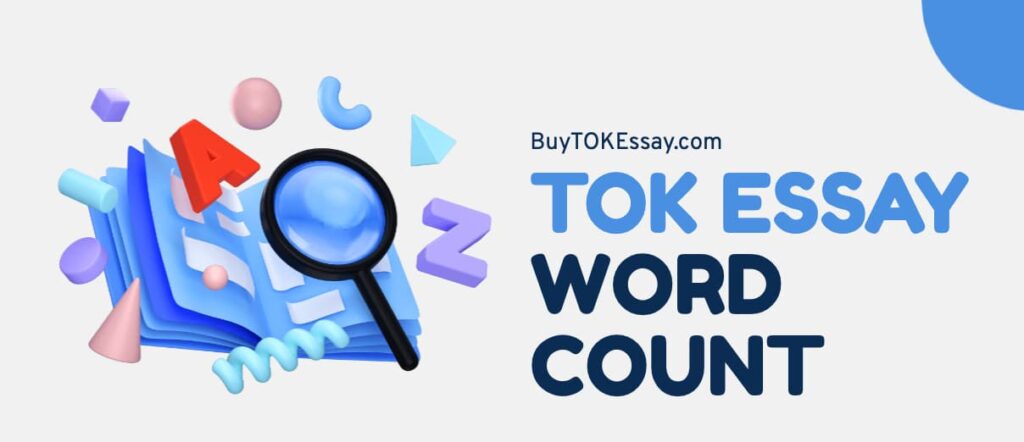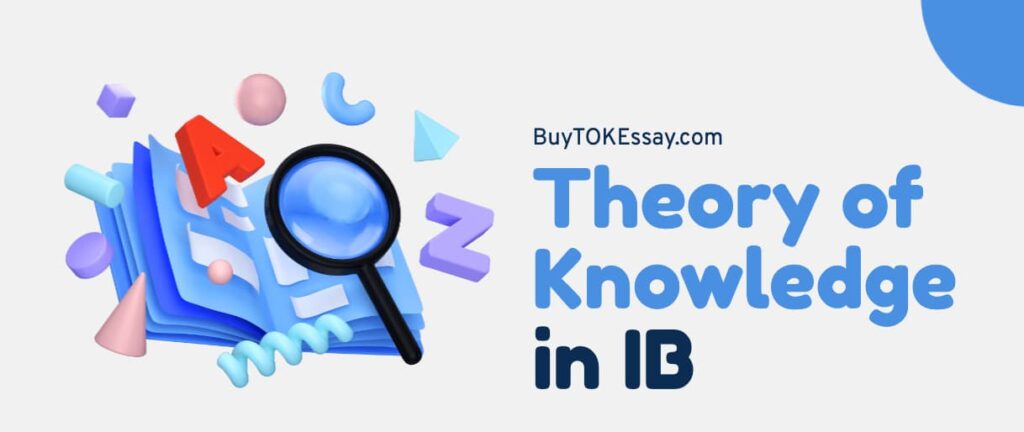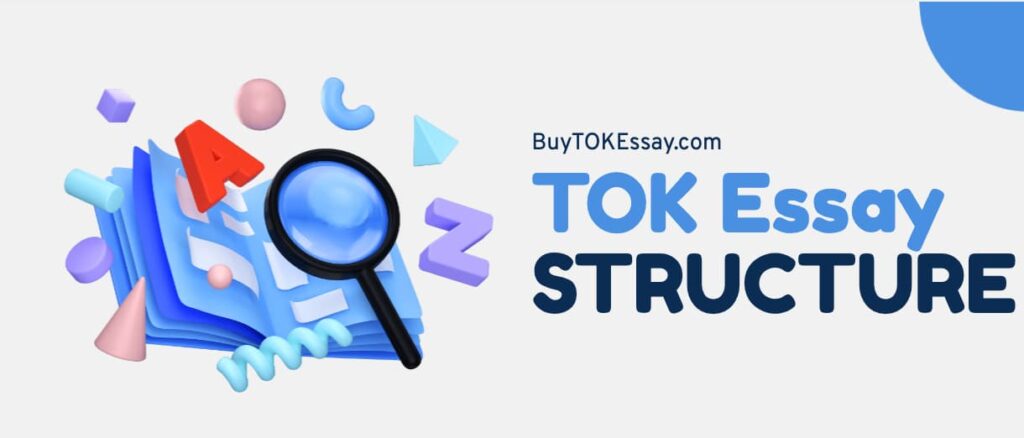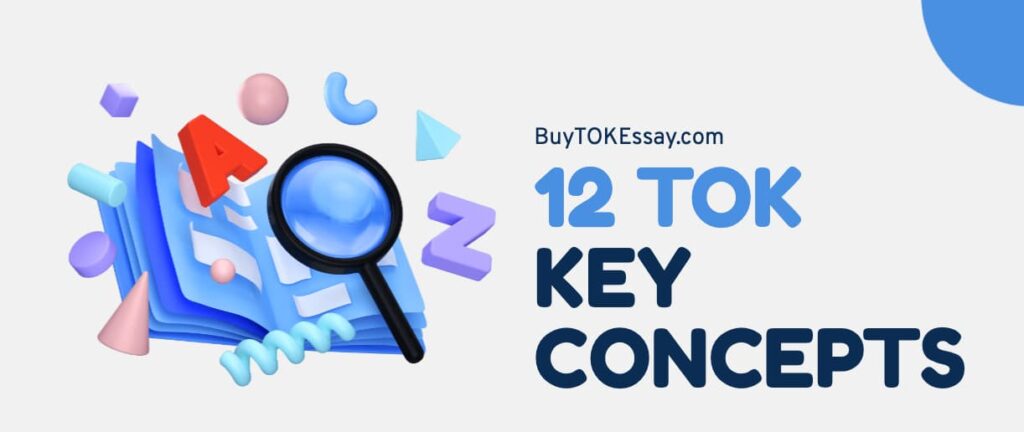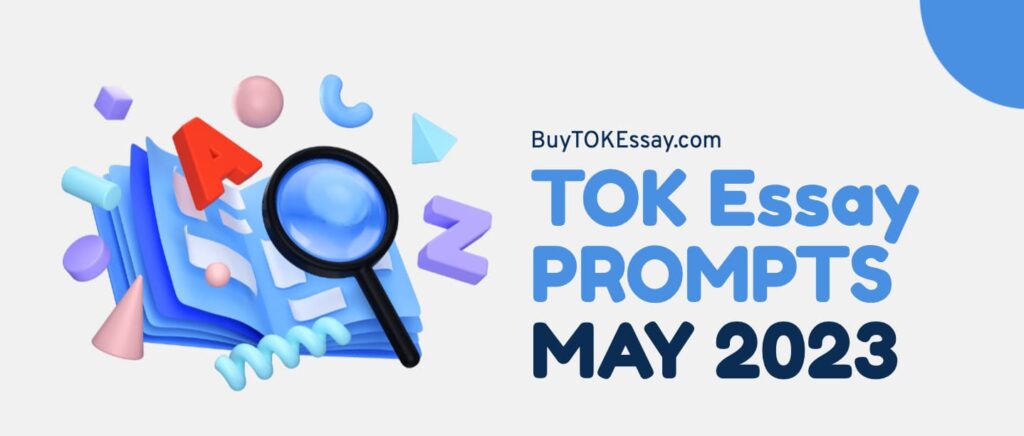Greetings, fellow IB enthusiasts! As a seasoned writer in the International Baccalaureate (IB) community, I’ve observed a fascinating aspect: translating knowledge in the Theory of Knowledge (TOK) across various languages. In my experience, this is not just about swapping words from one language to another; it’s about conveying complex TOK concepts in a way that transcends language barriers. Here, I’ll share insights into this unique challenge, especially focusing on translating knowledge in TOK.
- Language in TOK: A Student’s Perspective
- The Impact of Language on Perception and Understanding
- Tools and Techniques for Translating Knowledge in TOK
- Interactive Learning: Engaging Students in Cross-Language TOK
- Technology and Innovation in Language Learning for TOK
- Need Help with Your IB TOK Essay?
- Preparing for the TOK Assessment: Tips for Multilingual Students
- Conclusion: Translating Knowledge in TOK
Language in TOK: A Student’s Perspective
Consider this: when we discuss the concept of “knowledge” in English, it may have a subtly different meaning in another language, significantly affecting how students understand and internalize TOK concepts.
For example, some languages have multiple words for “knowledge” in English, each reflecting a different understanding. This linguistic diversity can provide a richer, more nuanced understanding of the world, which is central to the goal of TOK. But it can also present challenges. When translating TOK concepts across languages, it’s important to consider these nuances to preserve the essence of the conveyed idea.
Moreover, according to general IB criteria, TOK encourages students to question the bases of knowledge and consider the diverse perspectives that different cultures and languages bring to our understanding of the world. It is where the challenge and beauty of TOK lie. In classrooms with students from varied linguistic backgrounds, these discussions can become a powerful tool for broadening perspectives and deepening understanding.
The Impact of Language on Perception and Understanding
I’ve always observed how language shapes and often transforms our understanding of the Theory of Knowledge principles. It’s a truly fascinating aspect of the curriculum that I deeply appreciate. Let me share some insights based on what I’ve learned and observed.
By their very nature, different languages provide different lenses through which TOK principles are viewed and interpreted. For example, in some languages, the word “knowledge” includes a spectrum of meanings, each reflecting a unique aspect. This diversity can significantly enrich the understanding of TOK concepts. Here’s a list of how different languages interpret “knowledge,” highlighting the richness of linguistic nuance:
- Often, “knowledge” in English is viewed as an amalgamation of facts, information, and skills acquired through experience or education.
- The French term “connaissance” implies a personal knowledge or acquaintance, often gained through experience.
- In German, “Wissen” refers to factual or theoretical knowledge, while ‘Kenntnis’ recognizes a fact or situation — a subtle but essential distinction.
- The Japanese language offers distinctions like “知識 (chishiki)” for factual knowledge and “知恵 (chie)” for wisdom or the practical application of knowledge.
- Arabic differentiates between “علم (ilm)” for general knowledge and “معرفة (ma’arifa)” for experiential or familiar knowledge.
In my opinion, this linguistic diversity necessitates a more nuanced approach to teaching and learning in TOK. Educators must be aware of these linguistic subtleties and be prepared to address them in their teaching. In the same vein, students should be encouraged to bring their linguistic backgrounds into discussions, enriching the learning experience for everyone.
Tools and Techniques for Translating Knowledge in TOK
Language barriers in TOK often manifest in two primary ways: comprehension difficulties and expression challenges. Comprehension difficulties arise when students struggle to understand complex TOK concepts in a language that is not their mother tongue. On the other hand, expression challenges occur when students find it hard to articulate their thoughts and understandings in a non-native language.

One effective strategy to address these issues is using bilingual resources. It can include bilingual textbooks, glossaries, or even digital resources that allow students to access TOK materials in both their native language and the language of instruction. For instance, providing key TOK texts in multiple languages can greatly aid students in grasping the fundamental concepts more effectively.
Another solution lies in fostering a supportive classroom environment. Encouraging peer-to-peer learning where students can discuss and explain TOK concepts in their native languages can be incredibly beneficial. It not only aids understanding but also builds a sense of community and mutual respect among students of diverse linguistic backgrounds.
Additionally, employing visual aids and interactive learning tools can bridge the language gap. Visual representations of concepts, such as mind maps or infographics, can transcend linguistic barriers and provide a common ground for understanding. Interactive tools like educational apps or online platforms that offer TOK resources in multiple languages can also be beneficial.
From my experience, another valuable approach is the adaptation of teaching methods. Educators can adopt a more inclusive pedagogical approach, such as using simpler language, avoiding idiomatic expressions that might be confusing, and checking in frequently with students to ensure understanding. This approach requires patience and empathy but can significantly enhance the learning experience for students facing language barriers.
Interactive Learning: Engaging Students in Cross-Language TOK
In my experience, interactive methods greatly enhance learning in a multilingual TOK classroom.
Group Discussions and Debates
One effective interactive method is organizing group discussions and debates. This approach encourages students to articulate their thoughts and opinions on TOK topics using their linguistic strengths. In a debate, for instance, students can be encouraged to present their arguments in their native language before translating them to the common language of the classroom.
Role-Playing and Simulations
Another powerful tool is role-playing and simulations. In these activities, students can assume the roles of historical or contemporary figures, discussing TOK concepts from these varied perspectives. This method encourages empathy and understanding as students research how language and cultural backgrounds influence one’s view of knowledge.
Collaborative Projects
Collaborative projects, where students work in groups to research and present on TOK topics, also offer an excellent opportunity for cross-language interaction. These projects can be structured to require inputs from each student in their native language, followed by a collaborative effort to synthesize these insights into a unified presentation.
Technology and Innovation in Language Learning for TOK
The advancement of technology has been a game-changer in addressing language barriers in TOK. Today, various innovative tools and platforms that aid in language learning and enhance conceptual understanding are available, making TOK more accessible to students from diverse linguistic backgrounds.
Language Learning Apps and Platforms
Language learning and online platforms are invaluable resources for students grappling with language barriers in TOK. These tools often offer interactive lessons that are engaging and tailored to individual learning paces. They can help students build their vocabulary and grammar skills, essential for understanding and expressing complex TOK concepts.
Translation Tools and AI Assistants
Translation tools and AI language assistants have also become more sophisticated, providing more accurate translations to help students understand and engage with TOK materials. While these tools are not a substitute for learning the language, they can provide a helpful bridge for students still developing their language skills.
Interactive Whiteboards and Collaborative Tools
Other technological innovations transforming the TOK classroom are interactive whiteboards and collaborative online tools. These tools enable real-time collaboration and discussion, allowing students to contribute in their preferred language. This technology can visually display complex ideas and facilitate a more inclusive and engaging learning environment.

Need Help with Your IB TOK Essay?
Maximize your potential and boost the excellence of your TOK Essay with the help of our experts at BuyTOKEssay.com! Whether you’re starting from scratch or fine-tuning your existing assignment to meet your supervisor’s demands, our team is here to make your dream of a perfect paper a reality. Say goodbye to writer’s block and hello to success with just one click.
Preparing for the TOK Assessment: Tips for Multilingual Students
The key is to balance understanding complex TOK concepts with the ability to express these ideas clearly, even when language barriers exist. Here are some practical tips to help students in this situation:
- The first step is to ensure a deep understanding of TOK concepts. Focus on grasping the ideas, theories, and arguments thoroughly. Language is a tool for communication, but the essence of your understanding is what truly matters in TOK assessments.
- Make use of bilingual study materials whenever possible. It can include textbooks, online resources, and study guides that offer explanations in both your native language and the language of instruction.
- When writing essays or responses, use clear and simple language. Avoid complex sentence structures or vocabulary that you are not comfortable with. Clarity and precision are more effective than overly complex language.
- Participate in study groups with peers to discuss TOK concepts in multiple languages. It helps clarify concepts and find the right words and phrases to express your ideas in the assessment language.
- Use examples and references from your cultural context where appropriate. It can make your responses more personal and relatable, showing a unique perspective on your understanding of TOK.
- While translation tools should not be over-rely upon, they can be helpful for initial understanding or checking your work. Use these tools judiciously to aid your study process.
Also, regularly revise key concepts and practice writing essays or responses. The more you practice, the more comfortable you will express complex ideas.
Conclusion: Translating Knowledge in TOK
As we engage with the TOK, we must value and incorporate linguistic variety to enhance our comprehension. Translating knowledge between different languages within the context of TOK is intricate but immensely beneficial. It presents us with a rich array of viewpoints. In TOK, every subtle linguistic difference has the potential to reveal new insights and broaden our understanding.
Also, if you’re struggling with your TOK essay, we can help you write it. Just tell us what you need or any unique ideas you want to include. BuyTOKEssay experts are here to make it easier for you.
